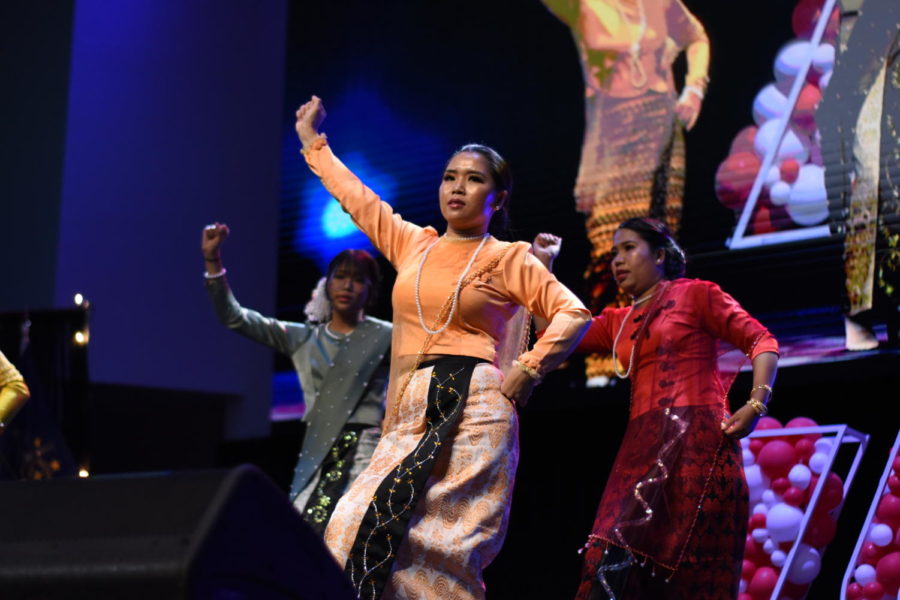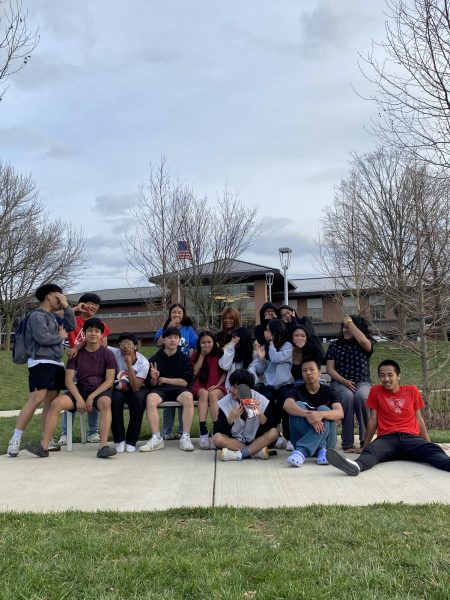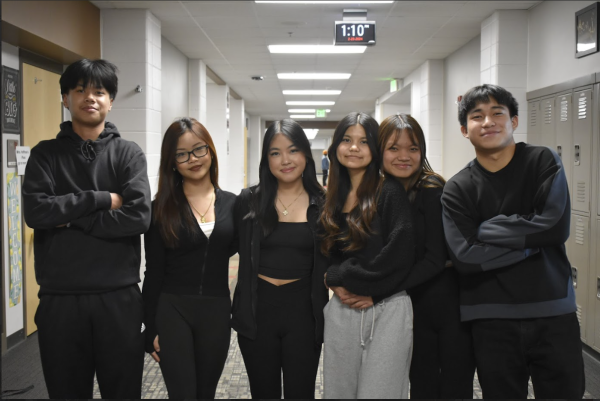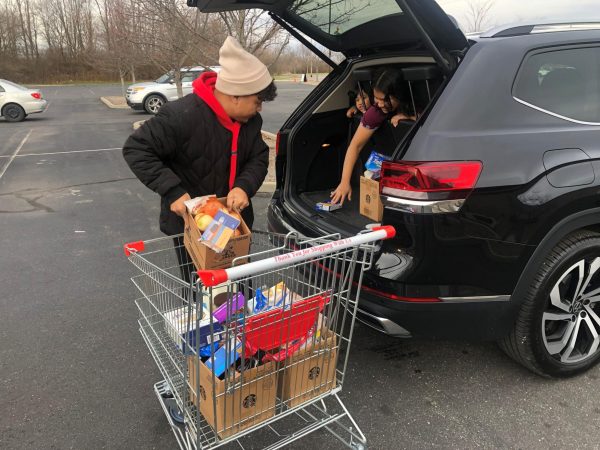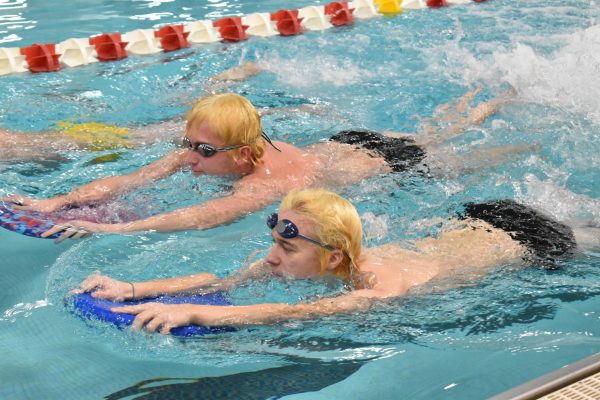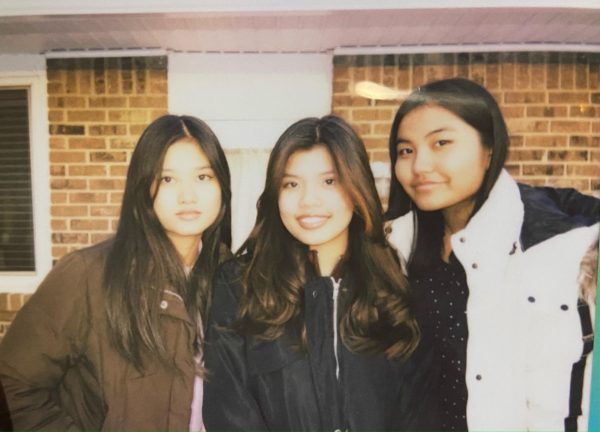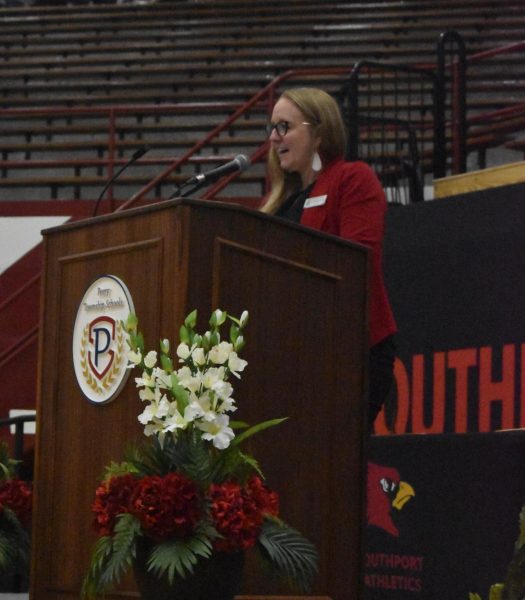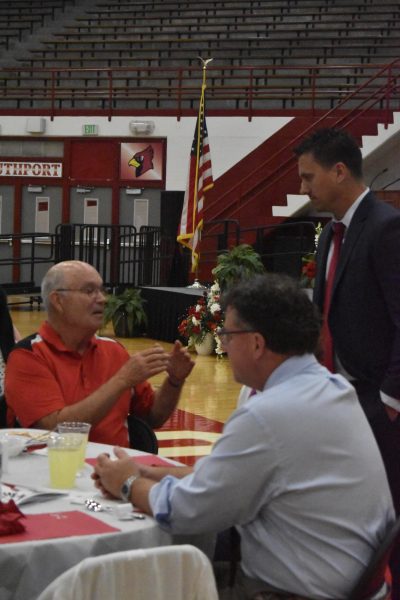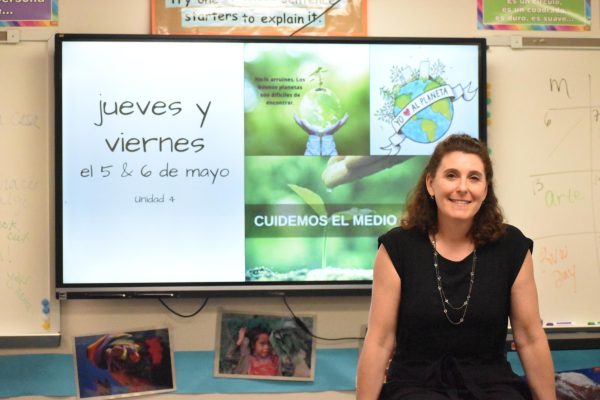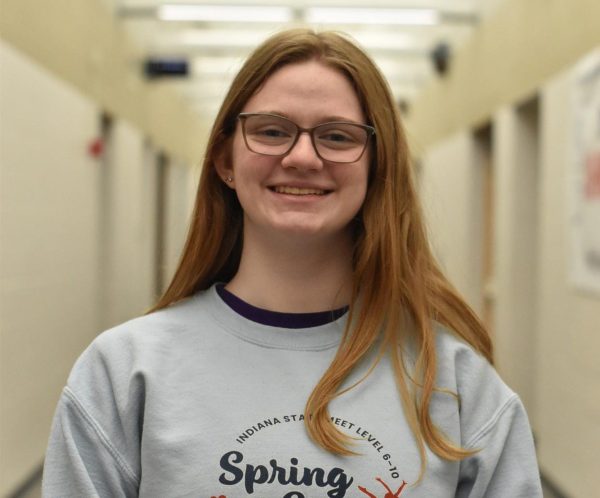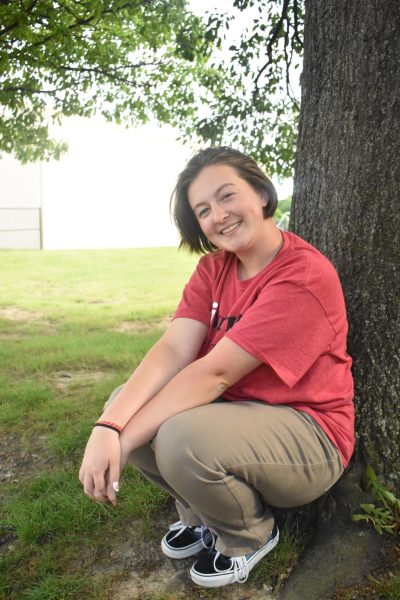Looking back at Myanmar Union Day
The Burmese American Community Institute (BACI) hosts the 76th Myanmar Union Day on Feb. 11.
Frehsman Khai Aung performs a Rakhaine Dance with adults from her temple, Uttama Vihara Monastery on Feb 11. They are one of the few groups who were scheduled to dance.
Mary Sang, mentor at the Burmese American Community Institute, enjoyed trying the new food from different ethnic groups during Myanmar Union Day on Feb. 11.
When tasting the foods, she realized that much of the cuisine was similar to the Chin food she was used to eating, but there was also a different style to it.
“We try to showcase all of their cultures within those, like whether it’s through clothing, through food and through dance,” Sang said. “That’s what we do”
The actual date for this event is usually on Feb. 12, but the BACI scheduled it for earlier to make it more convenient. It is a time where the eight major ethnic groups, along with many subgroups of Myanmar, come together, celebrate their country’s independence from the British Empire and express their different cultures with one another.
The eight ethnic groups are Kachin, Kayah, Karen, Chin, Bamar, Mon, Rakhine and Shan.
Lily Mawi, another mentor of the BACI remembers watching dances performed by Shan and Mon ethnic groups. She said that she thought it was very cool for her to watch the dance in person.
For Mawi, it is a very important day for Burmese people all together and helps her feel more educated and connected to Burma.
“We celebrate as a union and as a team,” Mawi said.
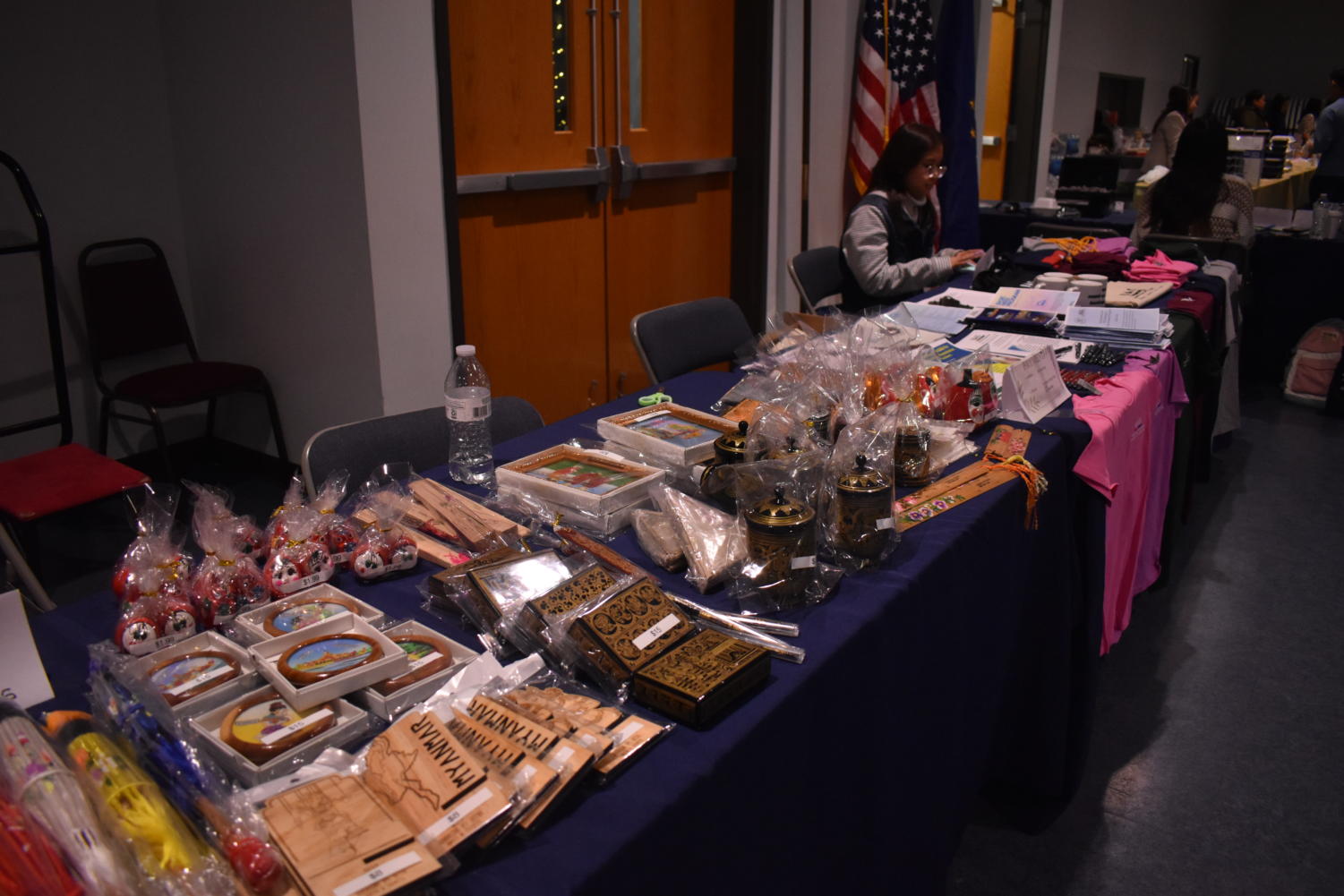
Sang believes that Myanmar Union Day is what brings all people of Myanmar together. She also says this event helps Burmese youth learn about where they come from.
Whether they are representing their ethnic group through clothing, food or traditional dances, it has shown the respect that Burmese people have for each other.
“I like to believe that this is a place for all of us to be able to be together in one place,” Sang said. ”celebrating our differences and then also coming together to celebrate how we are one in Myanmar.”
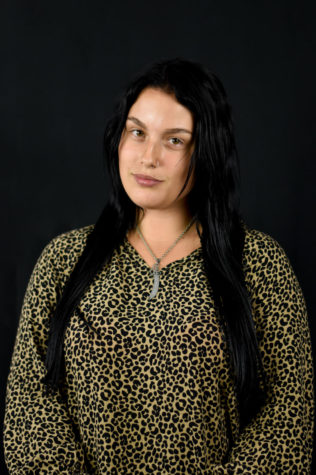
Hello, SHS students! My name is Sarah Bennett, and I am a senior and in my second year of The Journal. I love giving the news and spreading information...


